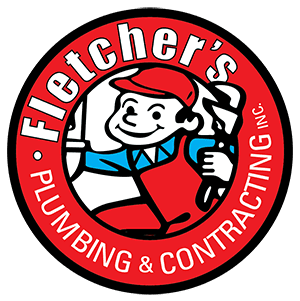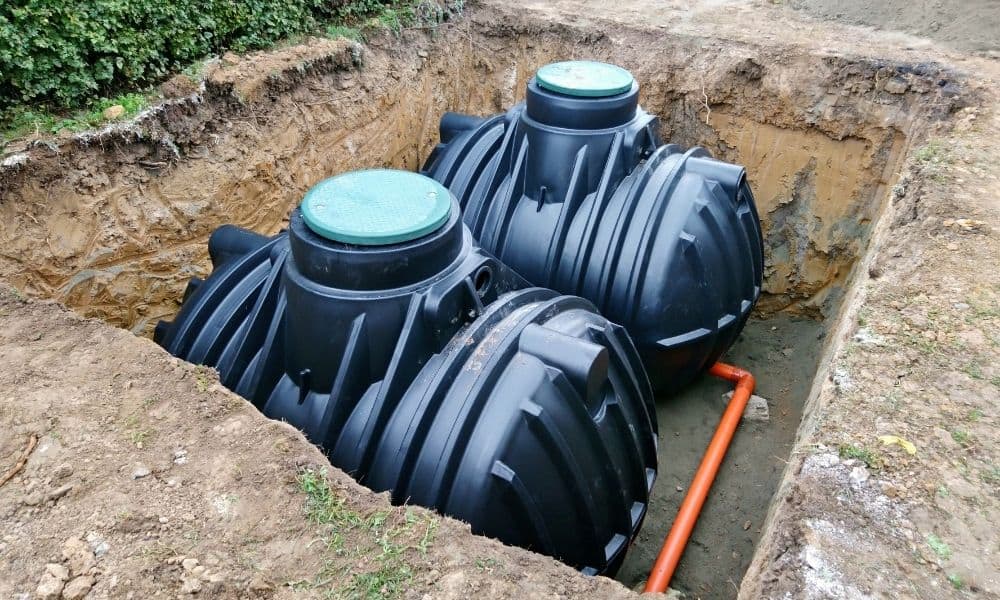How Commercial and Residential Septic Systems Differ
If you’ve worked, lived, and played in a densely populated area, plumbing that connects to a municipal sewer system is something you have probably taken for granted. Sewer grates and manhole covers are simply part of a developed cityscape. But the subterranean system below is more complicated than we may imagine. In some areas, it’s simply too complicated to imagine.
When new construction outpaces infrastructure, or challenging terrain prevents sewer extensions from being viable, onsite septic systems are the alternative. These self-contained systems can be just as effective in treating wastewater as offsite facilities, but it’s not only residences that rely on septic systems. Commercial properties can make use of septic systems as well. While the fundamentals of onsite sewage remain the same, there are some ways in which commercial and residential septic systems differ. We’ll help you be aware of these differences underground as you get your new business off the ground.
Operating at a Larger Scale
The biggest difference between residential and commercial systems is indeed merely a matter of size. The average septic tank for a family of four holds an average of 1,000 gallons, with 750 to 1,500 gallons being the generally acceptable range for residential properties. At a commercial scale, however, 1,000 gallons is the bare minimum, with capacities sometimes reaching 12,000 gallons. Subsequently, the drain field associated with the septic system will have to be larger as well. The number of people your business serves, in conjunction with the soil conditions on your property, will determine the exact specifications of your drain field.
Commercial Systems Can Use a Helping Hand
Let’s stick with the drain field here. In a traditional residential septic system, bacterial colonies digest solids in wastewater, yielding clearer water that separates from the remaining sludge, drains from the tank, and percolates into the soil. A well-functioning residential septic system generally requires no further steps. A commercial septic system, however, sees a higher volume of traffic and often sees solid materials that should not enter the system. These systems can usually benefit from a pretreatment phase in order to keep the system processing wastewater briskly. Pretreatment systems can include additional sand filtration, semi-permeable screens, and aerobic treatment units.
Sludge Accumulates Faster
Even though a septic system at peak performance safely disperses most of its contents into its drainage trenches and the earth around them, it still cannot keep pace with the amount of waste that enters. This means that periodically, homeowners and businesses must call upon septic system professionals to pump the tank of its sludge. For that average family of four, this generally happens once every three to five years. One large part of how commercial septic systems differ from residential septic systems is that pumping must happen more frequently than a presidential election or Olympic Games. The highest-traffic systems may require an annual appointment for plumbing pros to vacuum residual sludge from that high-capacity tank.
When your commercial property requires this annual service, keep Fletcher’s Plumbing and Contracting, Inc. in mind. We offer septic tank plumbing services not only to residences but also to the businesses that rely on onsite processing. Contact us today to keep your Northern California business booming and its water flowing.

